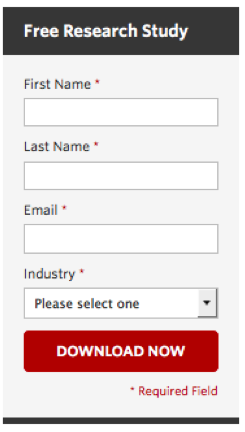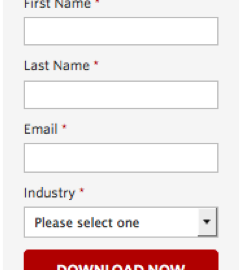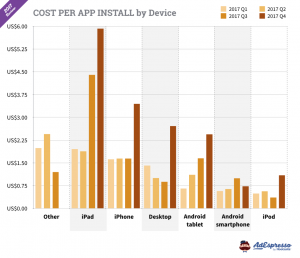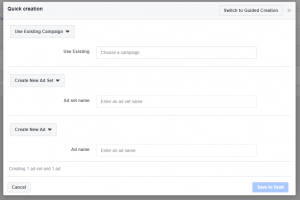Did you know that, on average, a prospective client requires 10 marketing-driven “touches” to convert from a lead into an opportunity to become a paying client?
Lead nurture drip email campaigns are useful for leads that are not immediately ready to engage with business development. They form the backbone of your lead nurturing program by “dripping” out relevant content and offers to leads over time, helping to educate them and build trust and credibility for your firm. They keep your brand top of mind so that the prospective clients will contact you when they are ready to move to the next step.
It’s important to remember the definitions of suspects, prospects, leads, and opportunities in order to ensure you focus on nurturing leads to convert them into opportunities. In this context, leads are individuals who:
- Have taken action to solve a problem that you can assist them with (such as submitting their personal information via an online form in exchange for receiving your content)
- Are qualified based on your predefined criteria, such as geography, industry, company size
- Have authority over budget and decision-making to buy your services
Four Aspects Of Effective Lead Nurture Drip Email Campaigns
Professional services firms should focus on four key things to develop drip email campaigns:
- Buyer Roles
- Buying Stages
- Offers – “Soft” offers (content) and “hard” offers (consultation with an in-house expert)
- Timing
How Buyer Roles Affect Lead Nurturing
In professional services, there are multiple individuals involved in the buying decision. For example, if a technology services firm is targeting small businesses in the healthcare industry, the decision makers may be an office manager and the business owner, each with their own technology-related needs.
Being a small business in the healthcare field, they may face different technology-related problems than larger companies or people in other industries. The technology services firm’s nurturing content needs to speak to each of them and address their unique needs.
Break down roles according to your defined lead qualification criteria, such as geography, industry, company size, and level of the person’s authority over budget and decision-making.

Use online forms to identify which role should apply to each new lead. It’s particularly helpful if you use progressive profiling (i.e. use of forms to gradually gather demographic data and preferences over time. Rather than asking a prospect to fill out a form with ten required fields, you may only ask three to four questions initially and use subsequent forms to gather the additional data).
Buyer Stages Go Hand-In-Hand With The Buying Process
You’ll also need to keep in mind the stages a lead goes through in buying your services, as lead nurturing should match up with the buyer’s process.
There are usually four stages:
- Awareness: Identify a business need
- Consideration: Locate and determine potential solutions
- Research: Evaluate potential solutions
- Purchase: Select a solution and negotiate purchase
For professional services firms, lead nurturing drip email campaigns should focus on the awareness, consideration, and research stages to convert leads into opportunities.
Once a lead is an opportunity, your business development team should make personal contact via email or phone, and eventually in person as appropriate, to guide them through the purchase stage and convert opportunities into new business.
Content Drives An Ongoing Conversation With Leads
Buyer roles and buying stages come together with your content. Lead nurturing is about maintaining an ongoing conversation with your leads. The conversation occurs in the marketing offers you use.
Awareness: “Soft” offers for content that is educational on a high level and takes a relatively short time to consume. This type of content is meant to inform people and share best practices. Examples include:
- Blog posts and short articles
- Case studies
- Brief videos (not your firm overview video, but rather videos that demonstrate your thinking around a particular topic)
Consideration: “Soft” offers for content that is educational on a more in-depth level and takes a longer time to consume. Examples include:
- Executive guides
- Webinars
- Signature research reports
- Downloadable ebooks
Research: “Hard” offers for some type of strategic consultation with one or multiple of your in-house experts. An example is offering an assessment on a particular challenge a lead is having and making recommendations to resolve their problem. The key is there should be no obligation for the lead to have your firm implement the recommendations.
Timing Is Everything
Successful lead nurturing depends on getting the frequency of communication right.
The timing of drip email campaigns are different for every firm. A general guideline is contacting leads more than once a week is too much and less than once a month is not enough.
To determine the right frequency for your firm, consider the length of the buying process. How long does it typically take your leads to turn into opportunities?
For instance, let’s assume a prospect downloads a guide from your web site and your predefined qualification criteria deem this individual is a lead.
If the buying cycle for your services is three months, your drip email sequence might look like this:
Day 14 – Offer a blog post related to first guide download
Day 28 – Offer a video related to first guide download
Day 42 – Offer a client case study related to first guide download
Day 56 – Offer an article published in an industry magazine related to first guide download
Day 66 – Offer a recorded on demand webinar related to first guide download
Day 76 – Offer a research report related to first guide download
Day 83 – Offer an ebook related to first guide download
Day 90 – Offer a strategic consultation with one of your in-house experts
Notice that the communications become more frequent as the buying cycle progresses. Also, keep in mind that this is just one path a nurtured lead could take.
Stay tuned for upcoming blog posts about lead nurturing drip email campaigns and the process of building relationships with leads to earn their business when they are ready to buy.
In the mean time, check out our Lead Nurturing Guide for more tips on converting prospects to leads.
(242)
Report Post






